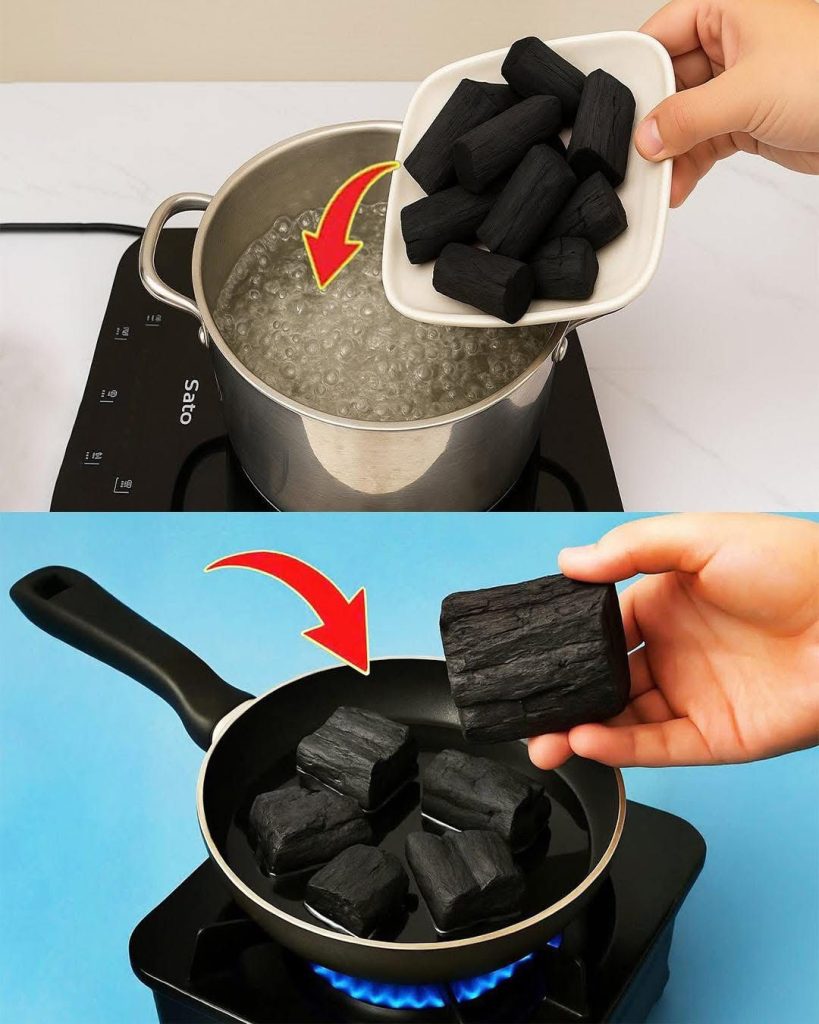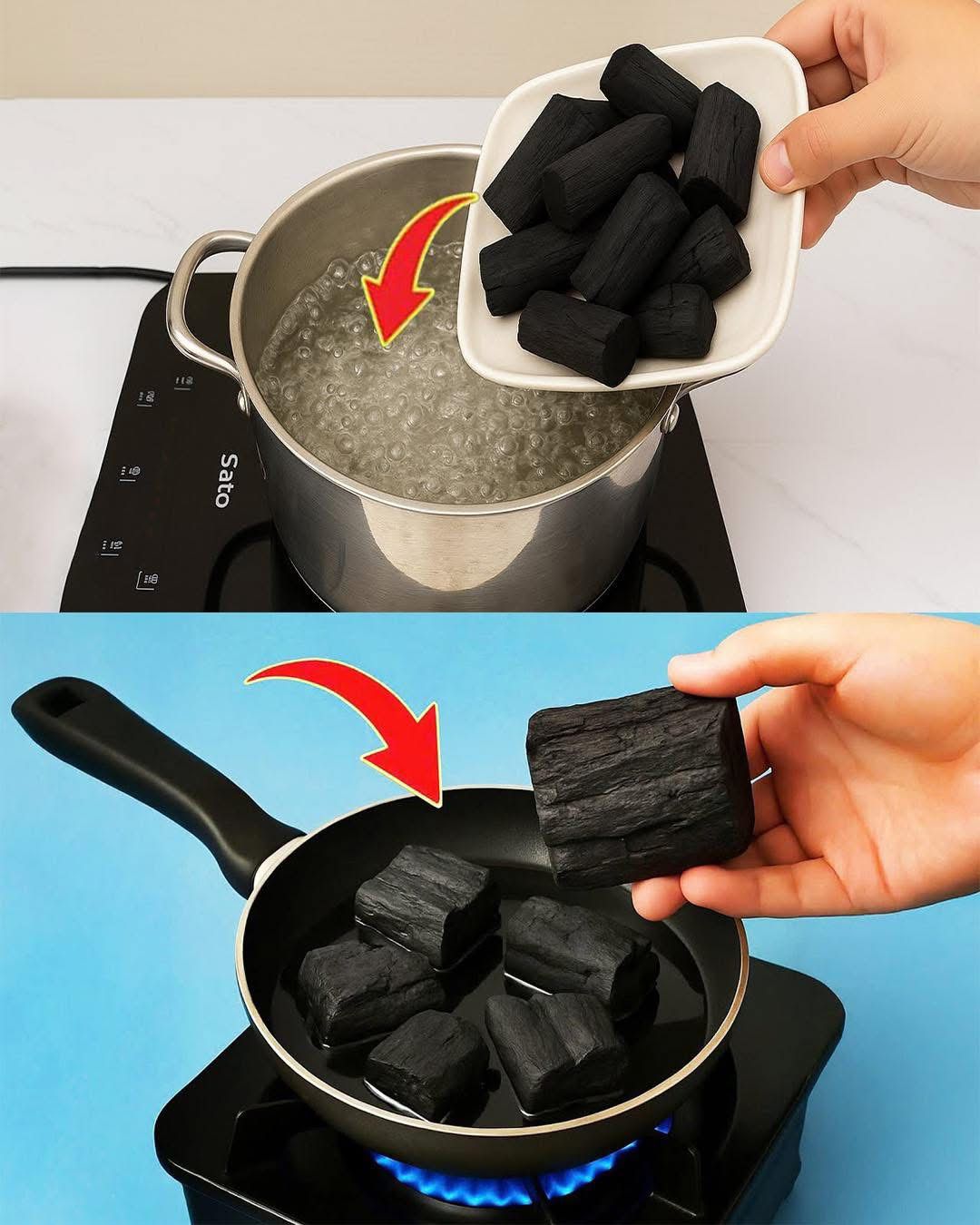
The Hidden Power of Charcoal in the Kitchen: History, Uses, and Benefits
Introduction
Charcoal is often associated with barbecues, campfires, and fuel for outdoor cooking. However, this humble black material holds a much deeper role in health, household practices, and traditional remedies. Across Asia, Africa, and even Europe, charcoal has been used for centuries for water purification, odor absorption, detoxification, and even cooking enhancements.
Today, many households are rediscovering the natural power of charcoal—not just for grilling, but also for boiling in water or heating in pans to improve air quality, clean impurities, and maintain a healthy home environment.
A Brief History of Charcoal Use
- Ancient Egypt (1500 BC): Charcoal was used in medical texts to treat intestinal problems and absorb unpleasant odors.
- Japan: Binchotan charcoal, a high-quality white charcoal, has been traditionally boiled in water to purify and enhance its mineral taste.
- Africa and India: Charcoal was placed in water containers to keep it fresh, cool, and safe for drinking.
- Europe (17th–18th centuries): Doctors recommended charcoal for poisoning, stomach issues, and wound healing.
Thus, the use of charcoal in boiling water and heating pans is not a modern “hack,” but rather a return to ancient wisdom.
Methods of Using Charcoal at Home
1. Boiling Charcoal in Water
When pieces of charcoal are boiled in water, they release natural minerals like calcium, potassium, and magnesium while absorbing chlorine, heavy metals, and toxins from the liquid. This process:
- Purifies water naturally.
- Enhances taste by reducing bitterness.
- Keeps stored water fresh for longer.
How to do it:
- Wash the charcoal pieces to remove dust.
- Boil them in water for about 10 minutes.
- Let the charcoal cool and then place it in your water container.
2. Heating Charcoal in a Pan
Placing charcoal in a pan over heat helps it release its natural ability to absorb odors and bacteria. This is commonly used to:
- Eliminate kitchen and household smells.
- Reduce humidity in enclosed spaces.
- Repel insects and keep food storage areas fresher.
How to do it:
- Place clean charcoal chunks in a dry pan.
- Heat them on low to medium flame for a few minutes.
- Let them sit in the room to absorb odors and purify the air.
Benefits of Using Charcoal in Daily Life
- Water Purification: Removes chlorine, pesticides, and heavy metals.
- Improved Digestion: Activated charcoal tablets are known to reduce bloating and gas.
- Air Freshening: Charcoal naturally absorbs odors and toxins from the air.
- Skin and Health: Used in face masks and toothpaste for detoxifying effects.
- Cost-Effective & Natural: A safe, eco-friendly alternative to chemical purifiers and deodorizers.
Precautions and Safety
While charcoal has many benefits, some precautions are important:
- Use activated or natural hardwood charcoal, not BBQ charcoal with chemicals.
- Replace charcoal pieces in water every 2–3 weeks.
- Do not consume charcoal directly unless it is food-grade activated charcoal.
- Avoid overheating charcoal indoors without ventilation—it can release carbon monoxide.
Conclusion
Charcoal is more than just a fuel source—it’s a powerful natural purifier that has stood the test of time. Whether you are boiling it in water to cleanse impurities or heating it in a pan to absorb odors, charcoal offers an eco-friendly, inexpensive, and effective solution for modern households.
By reviving these ancient practices, you can embrace a healthier lifestyle while reducing reliance on artificial chemicals. Next time you see a simple block of charcoal, remember—it holds the secret to clean water, fresh air, and natural detoxification.
